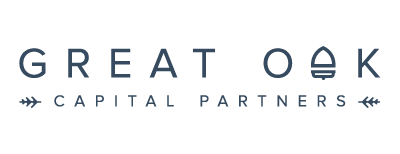…John! This one is of the Cooney variety (Thankfully – one Noonan is enough). Please help us welcome Great Oak’s newest family member, John Cooney, CFP®. Having grown from a $50 million dollar firm in our humble beginnings to now over $300 million, work is aplenty. Lucky for us, John can handle twice the workload, as he’s not only a financial planning wizard but also a tax extraordinaire. Along with Mark, our other dual threat, we’ve doubled the number of tax professionals, which we suppose now makes it a tax department. Cool. Most impressively, John is an Army veteran, West …
Recession? What Recession?
We’ve all done it – being so sure of something, then coming to realize we were wrong. Usually it doesn’t matter. “The Celtics are absolutely winning it all this year” (John, last year). Or, “Wine country? My wife would much rather go to Vegas” (same). When you’re wrong there, no biggie. Maybe you get the cold shoulder. But in finance, it’s a different story. Check out these headlines from the beginning of the year: Why everyone thinks a recession is coming in 2023 (cnbc.com) A recession might be coming. Here’s what it could look like : NPR A recession in …
The Curse of the Behavior Gap
Market timing does not work. Most of us want it to work. It’s quite appealing to think that we could be invested when things are good and get out when things are bad. If only. If you’ve been with us long enough, you’ve heard us say over and over – or perhaps ad nauseum! – that only patience and discipline will win the day. Like anything we try to teach about investing, it’s rooted in science and data. Here’s some that demonstrates why market timing does not work: This graph from Morningstar shows the difference between the return that mutual …
Lesson Learned? Hopefully
Two years ago, just before the market hit its last peak, we met with a couple who were ready to retire. At age 52. Ah, the dream! Hey, if you can do it, then do it. They thought they could do it. All they needed was $300,000 per year from their investment portfolio. So what do you think they had saved to fund this withdrawal rate? 6 mil? 7 mil? $3,000,000, plus or minus. Much of it taxable. Even for you arithmophobes, that’s easy math. They needed 10% percent per year. That rate would generate the $300,000 they needed each …
